Have you ever felt a yearning for new musical horizons, only to be held back by the limitations of your instrument? That was me, until I stumbled upon the world of 7 string guitar kits. This discovery was the catalyst for a profound transformation in my musical journey, leading me to question: Is it better to build or buy one? The allure of crafting my own instrument was irresistible, promising a personalized sound palette and a deeper connection to my music. Yet, the convenience and assurance of purchasing a pre-made kit held undeniable appeal. This article explores the DIY guitar kit ethos and the pros and cons of each option. Join me as I unravel the mysteries of building and buying a 7-string guitar, drawing from my own experiences and insights to guide you through this exciting decision.
What is a 7 String Guitar Kit?
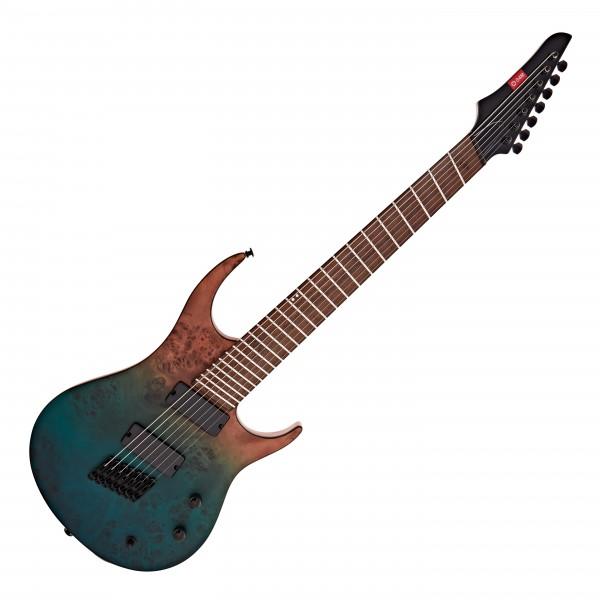
In the world of guitar enthusiasts, the allure of building your own instrument often whispers promises of craftsmanship and customization. A 7 string guitar kit is a package that provides all the necessary parts to construct a 7 string guitar yourself. This kit allows you to undertake the gratifying process of assembly, tweaking, and personalizing a guitar, while still drawing from a prepared set of components.
Have you ever wondered how the additional string transforms guitar design? The seventh string fundamentally alters the guitar’s capabilities and sound, offering both challenges and opportunities in terms of layout and tonal depth. As someone who has delved deeply into instrument design, I find the extension of a standard 6 string to a 7 string a fascinating evolution. This extra string, often a low B, expands the range and resonates with a depth that the traditional six strings simply cannot match.
Constructing a 7 string guitar requires attentiveness to its unique guitar components, such as a widened neck and modified bridge setup to accommodate the extra string. Kits typically include the body, neck, pickups, hardware, and wiring. The components reflect the distinct characteristics of 7 string guitar design, catering to players eager to explore a broader musical spectrum.
Ultimately, embarking on this building journey allows one not only to craft an instrument but to engage in a deeper understanding of how each component contributes to the whole — a harmony of wood, metal, and electricity.
Why Choose a 7 String Guitar Kit?

Would you believe that building your own guitar can enhance your playing experience? I’ve often found that the journey of crafting a guitar from an *affordable guitar kit* not only gives you a unique insight into the instrument’s construction but also fosters a profound connection with your newly built guitar. This is a sentiment echoed by others like R.M. Mottola, whose work underscores how custom builds unlock a deeper bond with your instrument.
Choosing a 7-string guitar kit is not just about creating an instrument that’s tailored to your musical tastes and preferences; it’s about deeply understanding how each component—every wood grain and pickup wire—contributes to your overall sound. The process of *building your own guitar* from one of these kits is genuinely enlightening and personal. It brings an irreplaceable sense of satisfaction and ownership that buying an off-the-shelf model just can’t match.
Moreover, these kits provide a perfect blend of customization and creativity, allowing you to experiment with designs and features that might not be available on standard factory models. Whether you’re seasoned or starting, a 7-string guitar kit transforms learning and playing into an exciting, bespoke journey, deepening your passion and understanding of guitar craftsmanship before you even strum your first chord.
Who Should Use a 7 String Guitar Kit?
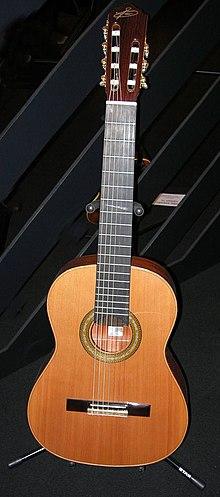
Over years of teaching budding luthiers, I’ve seen the remarkable diversity in those drawn to build their own instruments. *Who exactly benefits the most from crafting their own 7 string guitar?* The answer spans a range of enthusiasts, each bringing unique backgrounds to the workbench. At the forefront are *experienced guitarists* looking to expand their musical toolkit. For them, the **7 string guitar kit** offers a rich palette of sound, enabling technical mastery and a broader range of musical expression.
Moreover, *aspiring luthiers* and hobbyists with a passion for hands-on creation gravitate toward these kits. Building a guitar from a kit nurtures understanding in the nuances of tonewood, hardware, and construction techniques firsthand. I’ve witnessed how it aids their journey from assembly amateurs to skilled 7 string guitar builders. Those with patience and a keen eye for detail can thrive here, their reward being a self-made instrument resonating with personal touch.
Finally, *educators or mentors*, guiding the next generation of musicians, discover immense value in these kits. They’re tools for teaching and inspiration, demonstrating tangible links between craftsmanship and music. Through crafting, their students gain skills and confidence beyond the standard curriculum, enriching their musical journey and deepening their appreciation of this complex, *musical instrument kit* endeavor.
When to Buy or Build Your Kit?
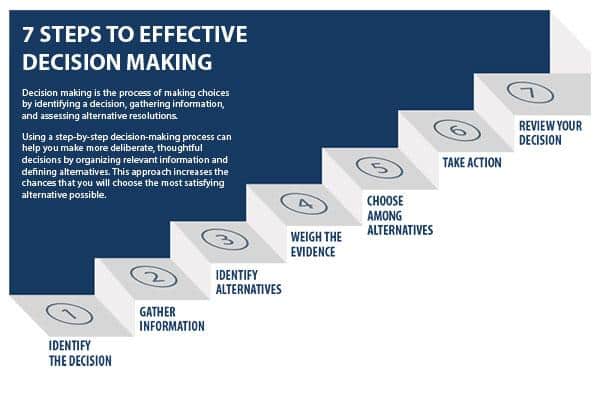
Timing is everything when deciding whether to buy or build your 7 string guitar kit. As someone with an engineering background, I’ve often found that decisions about projects like these boil down to the economics of time versus cost. The allure of handcrafted creativity can be compelling, yet the practicalities can’t be ignored. Is it really worth the effort to build when there are so many great kits available? This question is essential to consider as it balances the potential satisfaction of self-creation against the immediate gratification of ready-made options.
If you’re new or short on time, purchasing a kit might be your best bet. Quality kits come with a guitar assembly guide, offering a structured entry point that novice builders find indispensable. Kits reduce the risk of error and provide a streamlined path to owning an instrument, allowing you to focus more on playing and less on meticulous construction details.
On the flip side, if time isn’t a constraint and you yearn for a personalized creation, building from scratch can be deeply rewarding. It offers an opportunity to embed your unique touch into every curve and contour of the guitar. From select timber choices to customized hardware setups, the process can be as fulfilling as the product itself.
Ultimately, the choice to buy or build hinges on assessing your priorities between time, cost, and the desire for a personalized experience. Your journey with the 7 string guitar kit simply continues from there, wherever you decide to start.
Where to Find the Best 7 String Guitar Kits?
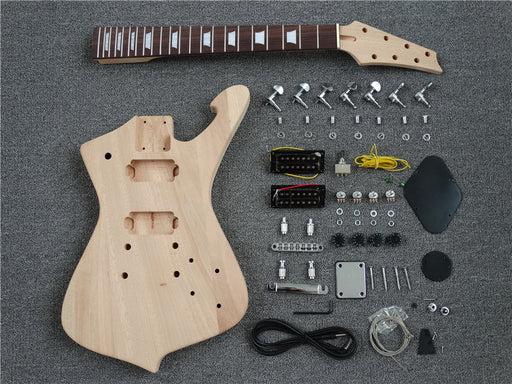
In my quest to find the best 7 string guitar kits, I’ve discovered that *not all guitar kits are created equal*. This fact became clear early in my journey, underscoring the importance of *careful research and comparison* before making a purchase. Are all guitar kits created equal, and where can you find the best options? Let’s dive into these crucial considerations that can greatly influence your building experience and the satisfaction with your final product.
As you begin exploring, you’ll notice a wide array of kit options available across various marketplaces. Giants like Amazon and eBay often showcase numerous kits with varying price points and quality levels. However, for those seeking something tailored with superior craftsmanship, specialty sites like StewMac and Solo Guitars truly shine. StewMac’s kits, for example, are known for their comprehensive materials and exceptional customer support, making them a top recommendation for serious builders.
Throughout my own building projects, I’ve learned the value of personal touch points and recommendations when sourcing materials. Engaging with guitar-building communities online can also provide insights and firsthand reviews about the *performance and durability* of different kits. It’s these nuanced insights that shape *informed comparisons*, driving the best choice for your personal needs and preferences.
Finding your ideal kit hinges on recognizing the balance between cost, quality, and your own building aspirations. Whether you’re stepping into a new hobby or pursuing a dedicated build, the right 7 string guitar kit is within reach—provided you know where to look and what questions to ask.
How to Assemble Your 7 String Guitar Kit?
Gather Necessary Tools
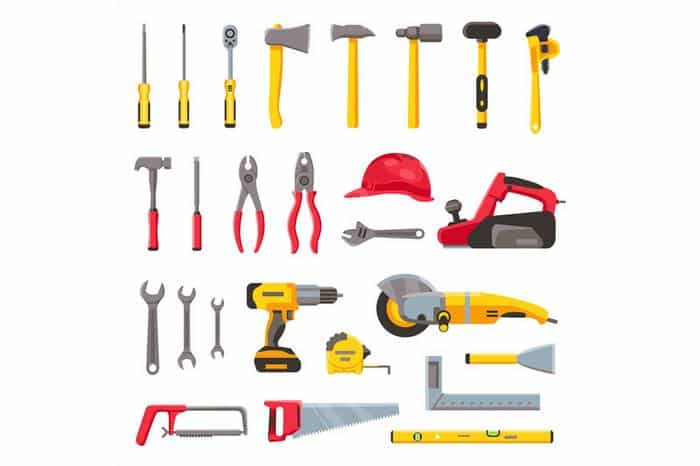
Did you know that the right tools can make all the difference in your build? Assembling a 7 string guitar kit is a rewarding endeavor that hinges on having the *proper equipment*. When I first embarked on my luthier journey, I realized, much like R.M. Mottola, that using inadequate tools can lead to *costly mistakes*. This section is crucial within ‘How to Assemble Your 7 String Guitar Kit?’ because it ensures that every piece—*from guitar components to spare parts for guitar*—is meticulously handled.
You’ll want to start with *basic tools* such as screwdrivers and pliers, then move on to more specialized items like a soldering iron and fret crowning file. Selecting the high-quality versions of these is not just advantageous; it is essential for achieving the *precision and finesse* necessary for a professional-grade instrument.
By following the insights here and preparing adequately, you set the stage for a *successful build* that reflects your *craftsmanship and passion*. Moving forward, this foundation will seamlessly enhance every subsequent step in the assembly guide, leading you to a satisfying and *expertly crafted guitar*.
Step-by-Step Assembly Guide
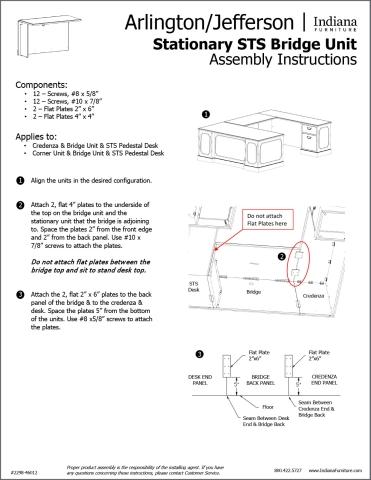
As I delve into the nuances of assembling a 7-string guitar kit, I can’t emphasize enough the importance of a thorough step-by-step assembly guide. What if a single misstep could lead to a less-than-perfect sound? This cautionary inquiry underscores the necessity of precision and methodical progression in the assembly process. Reflecting on my own assembly experiences, I’ve developed a keen understanding that every component—from the body to the intricate 7-string pickup options—demands attention to detail and expertise.
The assembly guide serves as your roadmap, meticulously outlining each stage of the build. It highlights pivotal tasks such as proper neck alignment, ensuring that the strings resonate perfectly across the board. By following these steps, you ensure not only a functional instrument but one that achieves optimal tonal quality. Through my years of crafting and assembling guitars, I’ve learned that a structured approach minimizes risks and enhances the build quality—a belief that I impart in this guide.
With each instruction rooted in professional insights, this guide bridges my practical knowledge with your hands-on experience, transforming potential pitfalls into seamless assembly outcomes. Strong organization and precise execution are key, as they support the overall goal of building a guitar that genuinely amplifies your musical expression.
Tips for a Successful Build
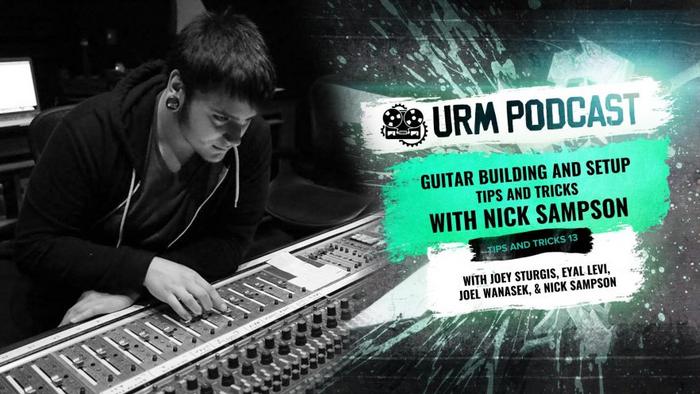
As you venture into assembling your 7-string guitar kit, you’re not just piecing together wood and strings; you’re crafting a musical instrument that reflects your artistry. What are the secrets that professional luthiers swear by for success? Using my insider knowledge and practical experience, I’ve discovered *nuanced techniques* that elevate your build from mere assembly to a striking creation.
Understanding the right wood types for guitar kits can significantly impact your guitar’s tone and durability. Reviews reveal the subtle differences that can arise from choosing *alder versus mahogany*, so research and select carefully based on the sound you wish to achieve. Strong focus on precision during the neck fitting process can’t be overstressed; this intricate part influences both playability and intonation.
For a flawless finish, patience is your best ally. Allow ample drying time between coats of paint or varnish to ensure a professional level sheen. Finally, a thorough examination of guitar kit reviews often exposes common mistakes and ingenious solutions that can guide you along your journey. Remember, each step is an opportunity to infuse your craftsmanship with personal flair, transforming a simple kit into your cherished instrument.
FAQs
What are the benefits of building your own 7 string guitar kit?
What are the advantages of buying a pre-built 7 string guitar?
Which is more cost-effective: building or buying a 7 string guitar?
What skills are needed to build a 7 string guitar kit?
Are there any downsides to building your own 7 string guitar?
Conclusion
As you reflect on your journey, what are the key takeaways for aspiring builders? The decision to build or buy a 7 string guitar kit is a deeply personal one, influenced by your skill level, available time, and educational aspirations. Building a kit can offer a profound sense of achievement, nurturing your understanding of the instrument’s anatomy and deepening your connection to music. For those who prefer immediate gratification, buying pre-assembled may be the optimal path, offering reliability with less effort.
Consider the plethora of best 7 string guitar kits available in the market, each tailored to different skill levels and musical preferences. As R.M. Mottola, I encourage you to embrace the lutherie journey as a personal expression of your musicality. It’s about choosing the option that resonates most with your creative vision and lifestyle. Whether you dive into assembly with enthusiasm or purchase a ready-to-play masterpiece, ensure it aligns with your musical aspirations.

R.M. Mottola, an engineer-turned-luthier, revolutionizes stringed instrument design with his deep focus on acoustics and ergonomics since 1994. As editor of the Savart Journal and a key contributor to American Lutherie, Mottola merges science with artistry in lutherie. He enriches the field with his extensive knowledge, shared through his Liutaio Mottola website, making him a beacon in the world of modern instrument craftsmanship.
